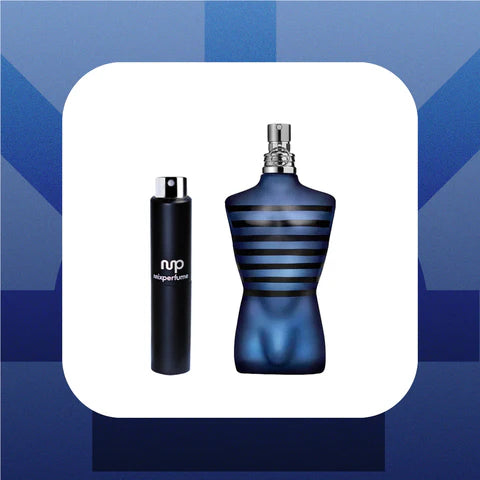Exploring the Fragrance Matrix: Unraveling the Multitude of Perfume Types
The fragrance world is a complex matrix of scents, each with its unique characteristics and appeal. Understanding the different perfume types beyond their concentration levels can enrich your sensory experience and refine your scent preferences. Here's a dive into the diverse landscape of fragrance types and what makes each distinct.

Main Scent Families
1. Floral
- Description: Evokes the aroma of fresh-cut flowers. Can range from the scent of a single flower to complex combinations.
- Popular for: Its versatility and appeal to a wide audience.
2. Oriental
- Description: Warm, spicy, and exotic scents that include notes like cinnamon, vanilla, and musk.
- Popular for: Its sensual and warm qualities, perfect for evening wear.
3. Woody
- Description: Features aromatic notes of bark, moss, and other earthy scents, often combined with a hint of citrus or spice.
- Popular for: Its grounding and sophisticated profile, favored in men’s fragrances.
4. Fresh
- Description: Includes clean, invigorating scents like citrus, water, and green notes.
- Popular for: Daytime wear, offering a crisp and energetic vibe.
Niche vs. Designer Fragrances
- Niche Fragrances: Focus on unique, often unconventional scents, catering to specific tastes rather than mass appeal. They emphasize quality and craftsmanship.
- Designer Fragrances: Typically associated with fashion houses, these fragrances aim for broad appeal, balancing quality with accessibility.
Unisex Fragrances
Increasingly popular, unisex fragrances blur the traditional gender boundaries in perfumery, focusing on unique scent compositions that appeal to all.
Conclusion
The fragrance matrix is a vibrant spectrum of scents, each offering a window into different emotions, memories, and experiences. By exploring various perfume types, you can discover new favorites and deepen your appreciation for the art of perfumery.








Leave a comment